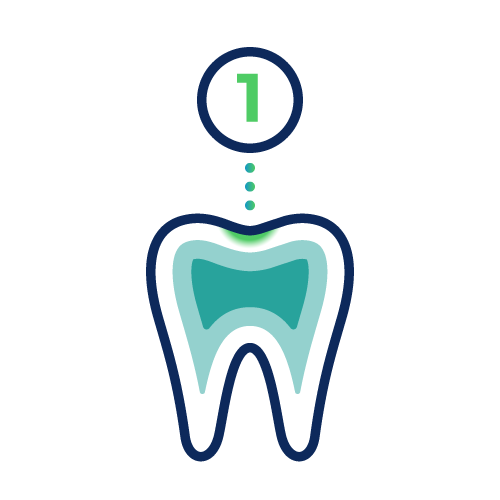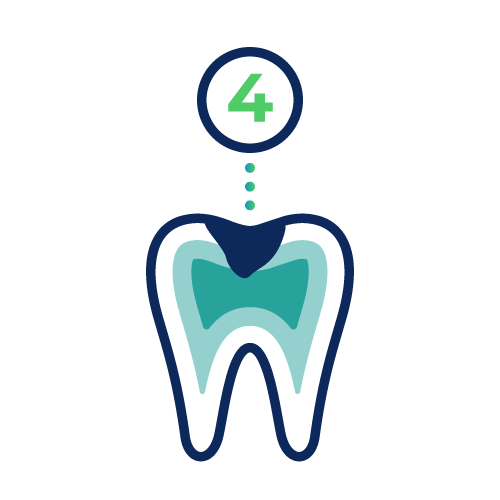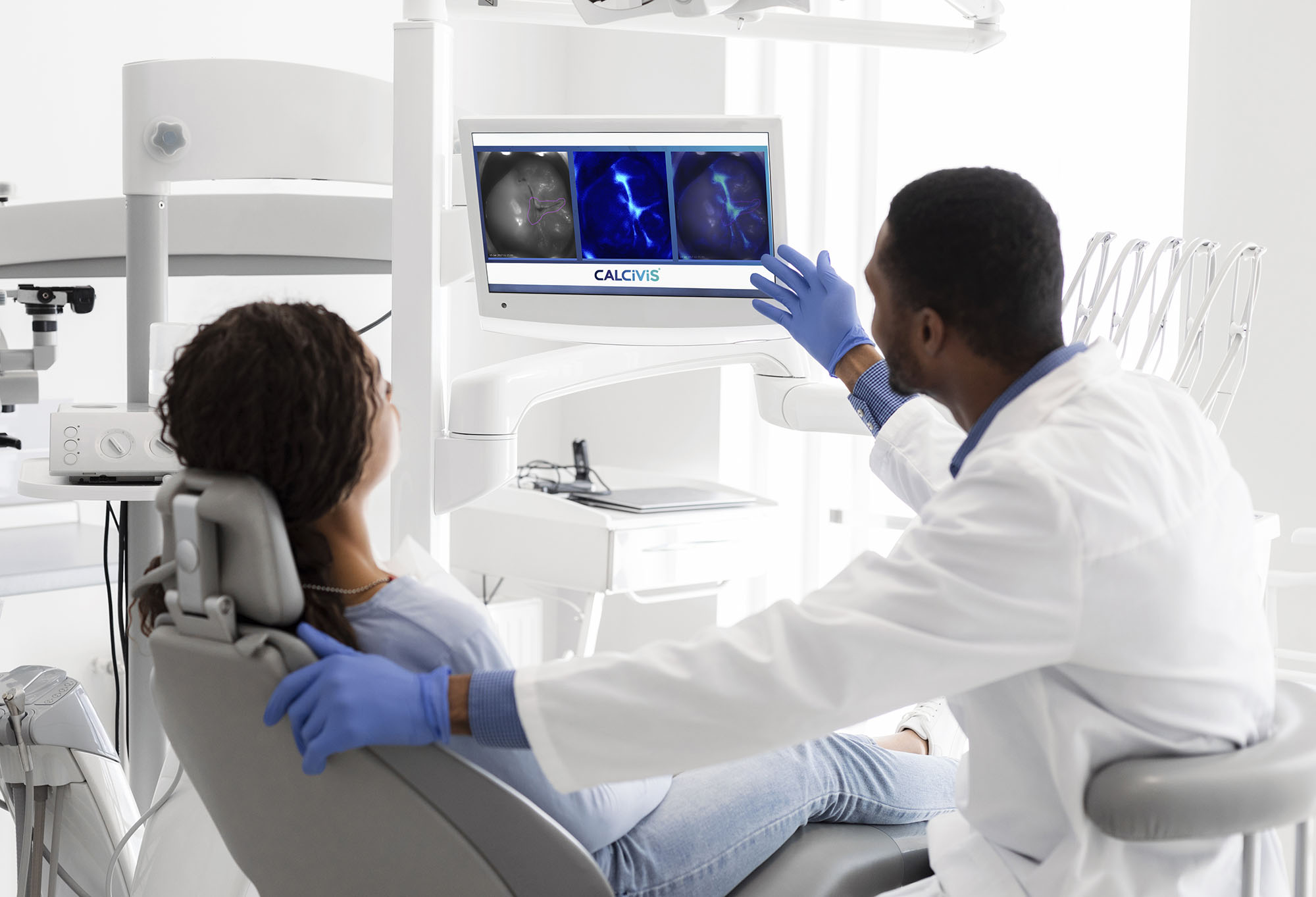Caries is a biofilm-mediated sugar driven disease that results in the phasic demineralization and remineralization of the dental hard tissues.
Without sugar in the diet, there is no caries. The solution to prevent caries therefore sounds simple, but sugar is not easy to eliminate from the western diet and social norms. It is a lifestyle disease and therefore, the solution is multifactorial and straddles education, early detection, effective prevention strategies, oral health counseling and behavioral change to influence making positive dietary and behavioral choices.
The World Health Organization states that ‘it is also the most prevalent condition included in the 2015 Global Burden of Disease Study, ranking for decay of permanent teeth (2.3 billion people) and 12th for deciduous teeth (560 million children)’. They also state that ‘early stages are often without symptoms, but advanced stages of dental caries may lead to pain, infections and abscesses, or even sepsis’.

According to CDC oral health data, on average, 34 million school hours are lost each year because of unplanned or emergency dental care.
Influencing positive oral health in children and preventing caries helps to prevent a patient entering a life cycle of disease and treatment and saves unnecessary financial, health and education burdens.
With increased understanding of the most prevalent lifestyle disease, reflection upon the protocols in our dental practice, and exploration of some of the solutions, we can identify practice enhancements that can help our patients prevent dental caries and the potential cascade of consequences that could follow.
1
Risk profiling your patients to determine their care plan and attendance interval to the dental office.
Risk assessments are vital to enable adequate planning and delivery of care.
CAMBRA Treatment Recommendations Based on Risk Assessment Level
- OTC toothpaste with fluoride (1,000 to 1,100 ppm fluoride), 2x daily
- OTC toothpaste with fluoride (1,000 to 1,100 ppm fluoride), 2x daily
- OTC fluoride rinse (0.05% NaF), daily
- Xylitol candies or gums, 4x daily
- Alternative regimen: Xylitol candies or gums, 4x daily Plus: Prescription 5,000 ppm fluoride toothpaste, 2x daily
- Xylitol candies or gums, 4x daily
- Prescription 5,000 ppm fluoride toothpaste, 2x daily
- Chlorhexidine gluconate (0.12%) rinse 1x daily for 1 week, every month until the next POE, then reassess
- Fluoride varnish applied at first visit and at each POE/ CAMBRA recall
- Xylitol candies or gums, 4x daily
- Prescription 5,000 ppm fluoride toothpaste, 2x daily
- Chlorhexidine gluconate (0.12%) rinse 1x daily for 1 week, every month until the next POE, then reassess
- Fluoride varnish applied at first visit and at each POE/ CAMBRA recall
- Baking soda rinse, 2 tsp. in 8 oz. of water, 4x to 6x daily
CAMBRA = CAries Management By Risk Assessment; NaF = sodium fluoride; OTC = over-the-counter; POE = periodic oral examination
2
Historically the process for identifying and assessing caries has included probing, visual inspection and radiographs.
However, the challenge in detecting these lesions at the earliest stage, through these means, is that they often identify established carious lesions as well as lesions that have reached the dentin. An established carious lesion is not an early-stage lesion.
The Stages of Caries Development

of Spot

Caries

Caries

Caries
To identify early signs of caries, one must be confident that a suspected enamel lesion is active or arrested which is highly subjective, hence a real problem. Dr. Christopher Longbottom, a cariologist in the UK, knew that if he found a way of detecting the free calcium ions in a suspected caries lesion, he would have a concrete way of identifying the activity status, thus reducing the subjectivity, and enabling prevention early.
3
The CALCIVIS® Imaging System is a unique technology based upon this discovery.
Through knowledge of bioluminescence in nature and in particular jellyfish, their bioluminescent glow is a reaction of their photoprotein and calcium ions in the ocean.
CALCIVIS®, inspired by Dr. Longbottom, successfully managed to replicate this natural phenomenon using a recombinant photoprotein with a chairside imaging system, that provides an objective assessment when evaluating a suspicious enamel lesion.
4
The use of modern digital technology for preventive treatment should actively engage the patient to enhance their knowledge and increase their motivation in determining their oral health care.
5
Good communication is essential in understanding different personality types and being flexible in our delivery to impact every patient.

Using digital imaging, allows the patient to visualize their clinical situation and can be used as a monitoring tool at recall visits to assist in motivating appropriate treatment.
Ultimately, to prevent caries the solution must include a collaboration with children and young people, parents and caregivers and the oral health professionals, the use of powerful digital diagnostic and communication aids powers this collaboration.
Questions for your consideration:
- Do you have any techniques or communication language that you have found to be effective?
- Do you carry out a caries risk assessment for each patient and alter the care plan for the patient?
- What technology do you use to aid caries detection?


